Evaluating AMD's TrueAudio and Mantle Technologies with Thief
by Ryan Smith on March 18, 2014 1:15 AM EST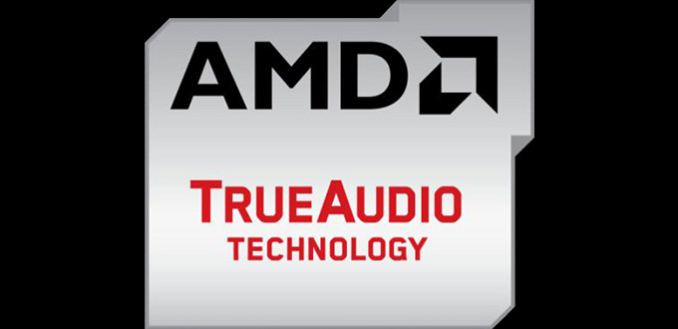
Scheduled for release today is the 1.3/AMD patch for Thief, Square Enix’s recently released stealth action game. Following last month’s Battlefield 4 patch, Thief is the second big push for AMD’s recent Radeon technology initiative, becoming the second game to support Mantle and the first game to support TrueAudio Technology.
Thief has been something of a miss from a Metacritic perspective, but from a technology perspective it’s still a very big deal for AMD and Radeon owners. As a Mantle enabled title it’s the second game to support Mantle and the first single-player game to support it. Furthermore for AMD it showcases that they have Mantle support from more developers than just EA and other Frostbite 3 users, with Square Enix joining the fray. Finally it’s the first Unreal Engine based game to support Mantle, which can be particularly important since Unreal Engine 3 is so widely used and we expect much the same for the forthcoming Unreal Engine 4.
But more excitingly the release of this patch heralds the public release of AMD’s TrueAudio technology. Where Battlefield 4 was the launch title for Mantle, Thief is the launch title for TrueAudio, being the first game to receive TrueAudio support. At the same time it also marks the start of AMD enabling TrueAudio in their drivers, and the start of their TrueAudio promotional campaign. So along with Thief, AMD is also going to be distributing demos to showcase the capabilities of TrueAudio, but more on that later.
Diving right into matters then, at the end of last week AMD was able to get the press access to today’s patch, giving us a short opportunity to look at Thief from both a Mantle perspective and a TrueAudio perspective. As this week coincides with GDC 2014 we haven’t had a ton of time to spend with Thief, so this overview is going to be relatively brief, but it has given us enough time to play with both of AMD’s technologies.
As this is a brief overview we’re going to skip recapping the technical details behind Mantle and TrueAudio. But if you haven’t read our previous works on those subjects, you can find more details on TrueAudio and Mantle in their respective articles.
Finally, launching alongside today’s Thief patch will be the latest rendition of AMD’s Catalyst drivers, Catalyst 14.3 Beta 1 (build 13.1350.1005). We don’t have a change log for these drivers at this point – expect one to be posted alongside the drivers today – but the important point is that these are the drivers intended to be used alongside the newly patched Thief and AMD’s TrueAudio demos.
| CPU: | Intel Core i7-4960X @ 4.2GHz |
| Motherboard: | ASRock Fatal1ty X79 Professional |
| Power Supply: | Corsair AX1200i |
| Hard Disk: | Samsung SSD 840 EVO (750GB) |
| Memory: | G.Skill RipjawZ DDR3-1866 4 x 8GB (9-10-9-26) |
| Case: | NZXT Phantom 630 Windowed Edition |
| Monitor: | Asus PQ321 |
| Video Cards: |
AMD Radeon R9 290X AMD Radeon R7 260X |
| Video Drivers: | AMD Catalyst 14.3 Beta 1 |
| Headphones: | Sennheiser PC 360 |
| OS: | Windows 8.1 Pro |
Mantle
First and foremost, let’s talk about Mantle. Whereas Battlefield 4 was primarily a multiplayer game, Thief is the first single player game to gain Mantle support. So although Thief isn’t the first Mantle game, by virtue of being a single player game it presents gamers and Mantle with a very different and much more tightly structured workload to work off of. Perhaps more importantly, since it is a single player game it has a much more consistent performance profile than Battlefield 4, and better still it even has a built in benchmark to go with it.
On the whole, Thief is a better than average game from a graphics technology perspective. It is a multi-platform title based on Unreal Engine 3, and at higher quality settings includes a number of graphical features such as tessellation, contact hardening shadows, and even supersample anti-aliasing (achieved through internally rendering at a higher resolution). However even with those effects, unlike Battlefield 4, Thief is much easier to CPU bottleneck. On our fastest video cards it tends to be SSAA (or very high resolutions) that leads to Thief being bottlenecked, allowing it to otherwise become CPU bottlenecked at 1080p without SSAA.
When it comes to being CPU limited, Thief’s preferences are clear: 4 cores with as much performance per thread as you can throw at it. This leads to Thief strongly favoring Intel CPUs – first the quads and then the dual cores – with AMD’s CPUs and APUs falling into place after that. As a result of these CPU bottlenecks Thief can trend very close to being a best case scenario for Mantle, so long as it’s not outright GPU bottlenecked.
With that in mind we quickly took a look at Thief’s Mantle performance on an R9 290X (Uber mode to rule out throttling) and an R7 260X to cover both a high-end GPU and a mainstream GPU. Furthermore we tested both of those configurations with a variant of the game’s Very High settings – dropping SSAA down to Low in exchange for 16x AF, alongside the game’s Low settings. Finally we ran the above against both a high-end CPU configuration of 6 cores/12 threads at 4.2GHz, and a low-end configuration of 2 cores/4 threads at 3.3GHz.
On a quick side note, AMD included the following notes with their instructions for testing Thief. In short, Mantle is up and running for all compatible AMD cards, but multi-GPU is not yet working, and memory management is in need of further optimization.
- Mantle performance for GPUs with 2GB framebuffers will receive additional optimization in a future application path for Thief™. Currently, these products may see limited gains in scenarios requiring large amount of video memory (e.g. maximum detail settings with SSAA enabled).
- Multi-GPU support under the Mantle codepath will be added to Thief in a future application patch
- As with other first-person titles, relatively smaller gains will be observed in GPU-bound scenarios
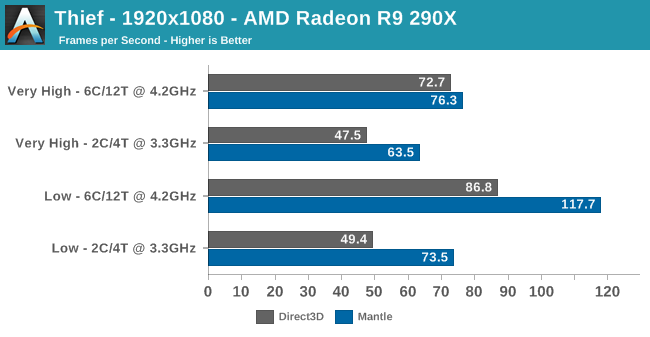
Looking first at the R9 290X, we can see that even at our modified Very High settings, there are still some small performance gains to be had from enabling Mantle. Switching out Direct3D for Mantle gets us another 3.6fps, or a 5% boost in performance. As we would expect however, a far more significant gain can be found when using Low settings. He we can see the 290X top out at 86.8fps with D3D – indicating that our earlier Very High settings weren’t all that far from being CPU bottlenecked – while Mantle boosts that up to 117.7fps, for a gain of 30.9fps or 36%.
From a practical perspective we would expect most 290X owners to be playing at settings similar to Very High, so the performance gains, though appreciated, aren’t especially influential in the long run. But it does give us some idea of what to expect.
Meanwhile if we start slowing down the CPU to just 2 cores at 3.3GHz, we can see the Mantle performance advantage grow. In this CPU bottlenecked scenario the performance gains from enabling Mantle are anywhere between 33% for Very High settings to a rather sizable 49% when using Low settings. This scenario, though contrived, makes for a good reminder of how significantly the current Direct3D rendering pipeline can bottleneck a GPU in the wrong (right?) circumstances.
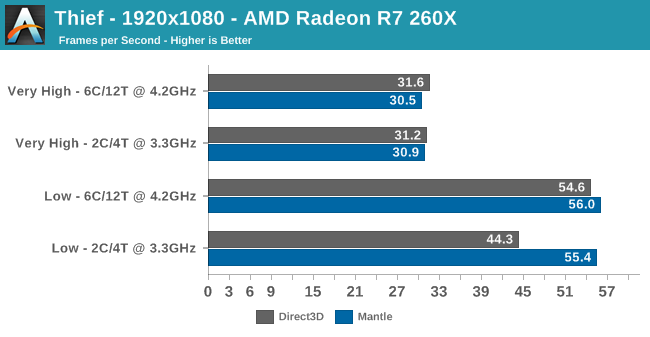
Moving on to the 260X, to no surprise we’re completely and utterly GPU bottlenecked with our Very High settings. The performance gains with Mantle are inconsequential at best, indicating that Mantle isn’t being used to significantly alter the rendering process on the GPU itself.
Shifting over to Low settings still leaves our setup GPU bottlenecked when testing against the 6 core setup, however we do see a very distinct performance gain on the 2 core setup. In this scenario enabling Mantle is worth an 11.1fps boost, or 25%, pushing the framerate up to 55.4fps.
Despite this being an artificial test on our GPU testbed, we would consider this to be a very real scenario overall given the price of the 260X. At $119 (MSRP) the 260X is very likely to be paired with a dual-core CPU or equivalent, so to see a meaningful performance gain in this scenario is promising. Whether any other Mantle-enabled single-player games will be this badly CPU limited remains to be seen, but if other games were to behave like Thief, then we may see similar gains on lower-end setups such as this.
Ultimately we’ve only had a limited amount of time with the Thief Mantle patch, so we’ll have to take a look at the competitive landscape another day. But as a pure Mantle analysis Thief is probably the greater beneficiary from Mantle at this time. The gains at the high end aren’t worth writing home about, but since we need the CPU to churn out a fairly high framerate regardless, there’s a much greater opportunity to benefit from Mantle on lower end Intel CPUs and AMD’s CPUs/APUs.


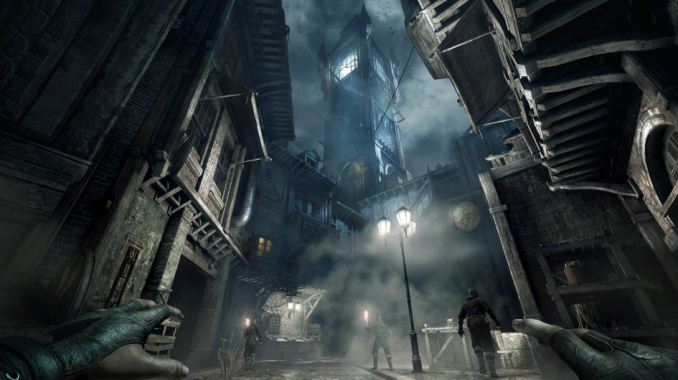
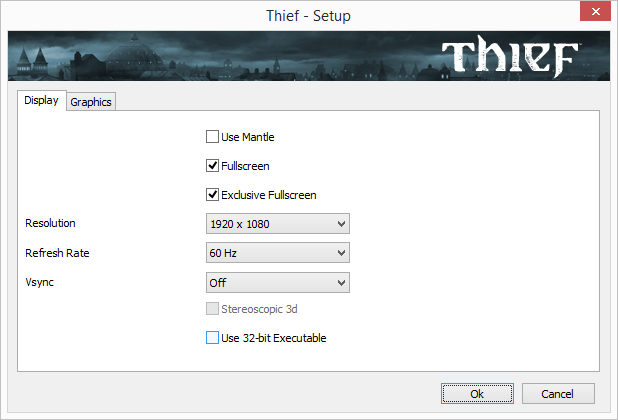









75 Comments
View All Comments
tcube - Tuesday, March 18, 2014 - link
There are 2 launched games with mantle: bf4 and thief... what are you talking about?Ammaross - Tuesday, March 18, 2014 - link
Note "Shipped" as in, designed fully with Mantle in mind, not post-patched to toss in one or two effects. Granted, Thief utilizes the GPU speedup quite nicely.TheElMoIsEviL - Thursday, March 20, 2014 - link
*facepalm* @ people who just don't get it.You don't "patch" a game for a new API. You write an entire separate path. Hence why it takes time and man hours.
Whether a game ships with Mantle (or not) doesn't matter. What matters is how much time the developers spend optimizing the Mantle path (code).
TheElMoIsEviL - Thursday, March 20, 2014 - link
I'd like to see Crossfire tests with Mantle and a powerful CPU (say a 4930K or 3930K @ 4.5GHz or something).The Von Matrices - Tuesday, March 18, 2014 - link
I can understand your dissatisfaction with the Thief reverberation, I agree that it does sound unnaturally loud. However, I disagree with you in that I also think the Tuscany demo sounds unrefined.I would expect in 2014 a dedicated audio processor could account for the noise blocking effects of walls and the noise transmitting ability of open windows. The fireplace is unnatural - it's roaring loud inside the building but as soon as you leave the building that is full of windows it can't be heard. And then even when you go near a window at around 0:34 the fireplace is still silent.
In my opinion, all this demo did was brought back feature parity of games from 1998. I would have expected more from a company showcasing audio 16 years later. Are my expectations set too high?
edzieba - Tuesday, March 18, 2014 - link
To really push audio simulation forward needs more than just a bit of convolution and managing not to screw up the spatialisation with a HRTf slapped on top. This needs a lot of different techniques to come together at once, something that isn't too easy to meld into your GPU (particularly as audio processing requires a few streams of audio processed intensively, rather than the lots of simple parallel operations GPUs are good at in general), meaning three's not much incentive for Trueaudio to implement something like GSound (https://www.youtube.com/watch?v=buU8gPG2cHI or other environmental audio simulation engines.WagonWheelsRX8 - Tuesday, March 18, 2014 - link
Great article, and really digging informative comments such as this one. I am old enough to remember the first push for environmental audio by companies such as Creative, and it's something you don't really think about but seems (at least from my perspective) to have fallen by the wayside. It's a little depressing we haven't really experienced much improvement in the audio space in so long.That GSound demo video you linked was impressive, and gives me hope that somewhere sometime a game engine or hardware company will integrate audio raycasting.
milli - Tuesday, March 18, 2014 - link
Actually, in 1998, there were better audio solutions that TrueAudio. A3D! AMD should have bought the patents from Creative and brought A3D into the 21st century.http://en.wikipedia.org/wiki/A3D
banvetor - Tuesday, March 18, 2014 - link
The Aureal vs. Creative story is a good example of why Creative is where it is today, instead of being a major player. I remember my first Creative Multimedia Kit, with a 2X CD-Rom, a SoundBlaster 16-bit sound card and speaks (if I remember correctly).I guess they deserve what they've got...
Uvaman44 - Tuesday, March 18, 2014 - link
Ahh yes A3D was ear-candy.. Bastards at creative killed it... at the time Creative's implementations where much worse ( sometime after A3D was murdered, I purchased a creative card) I have never purchase any creative card again, ever.. on board sound for me, whatever crap it is.